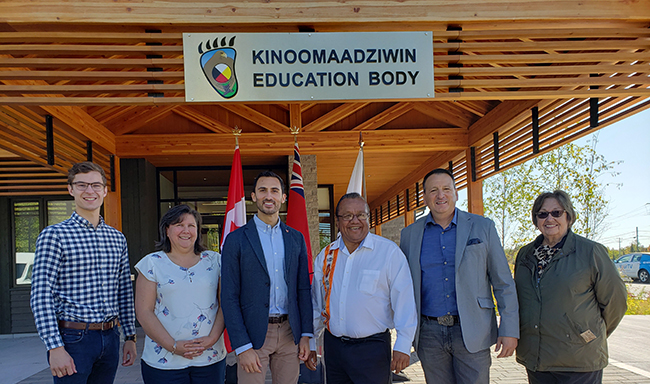New provincial Reciprocal Education Approach will remove barriers to education for First Nation students

By Victoria Racette
NIPISSING FIRST NATION — Anishinabek Nation Grand Council Chief Glen Hare says that the provincial Reciprocal Education Approach (REA) will remove barriers to education for First Nation students.
“First Nations have long advocated for better access to education. It’s time we seize the opportunity to work with the province,” states Anishinabek Nation Grand Council Chief Glen Hare.
The REA is the result of a collaboration between Ontario First Nation partners, school board associations and the provincial Ministry of Education that came into effect on September 1, 2019. It will ensure First Nation students and their families are supported by a consistent and transparent process whether they choose to study at a publicly-funded school or a First Nation-operated school.
“It’s about choices. The doors are opening up for our students to go to school in our communities or away. We have to support our students wherever they choose to go.”
This historic step forward was announced by Stephen Lecce, Minister of Education, and Greg Rickford, Minister of Indigenous Affairs and Minister of Energy, Northern Development and Mines along with Catherine Pawis, Chair of the Kinoomaadziwin Education Body at its office in Nipissing First Nation.
“Through this new approach, we will improve access to education and strengthen parental choice, so that students can thrive on their own terms,” said Minister Rickford.
The REA follows an announcement made earlier this year of Ontario’s new vision to modernize learning, improve classrooms and empower educators. The vision includes reducing barriers to quality education for First Nations, ultimately creating an education system that works for all students and their families.


